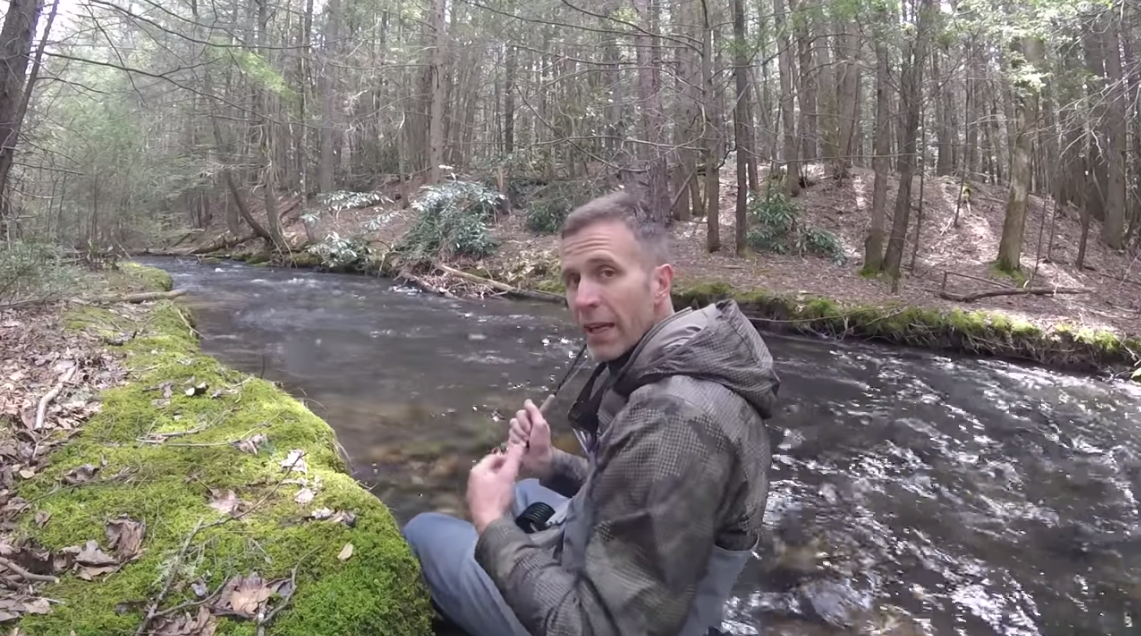A lot of anglers look at small water and turn up their noses. The fish aren’t as big, they might opine. It’s just too easy, others might say, opting instead for the “challenges” posed by big rivers.
Truth is, fishing small water makes anglers better, more accurate casters who have developed innate tools to work with in any fishing situation. And it makes them better students of moving water in general.
Don’t believe me? Check this out.
Above, noted angler (and Penn State fly fishing professor) George Daniel shows you just how technical small-stream angling can be, and how, with the right casting and read-the-water skills, it can be very productive angling.
A lot of us who fish small water often take for granted the skills we’ve picked up over the years. Tight loops, line energy, specialized casts … many of us have had to learn these skill out of necessity, and over years of stalking trout in small water. And we’re better anglers for it.
Certainly, chasing trout in big, sweeping western rivers offers its own share of challenges, but, for the most part, the tools need to address those big-water situations are just amplified versions of what small-stream anglers face on just about any little creek or brook. We have the tools, because we’ve honed our “short game” to a razor’s edge, and they easily translate to more spacious fishing surroundings.
Check out the video, and consider that, if you’re spending more time chasing big-water trout, you might want to consider going to “back to school” on a small creek near you.
The bonus? During these challenging and uncertain times, chances are greater that you’ll be alone and practicing social distancing at its textbook best.



